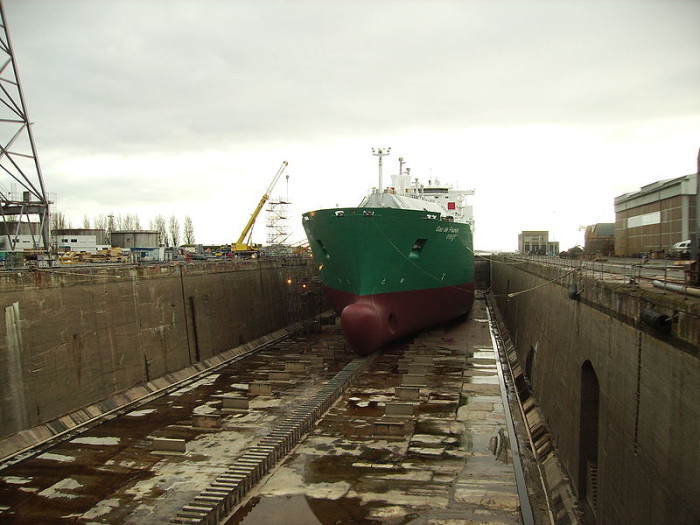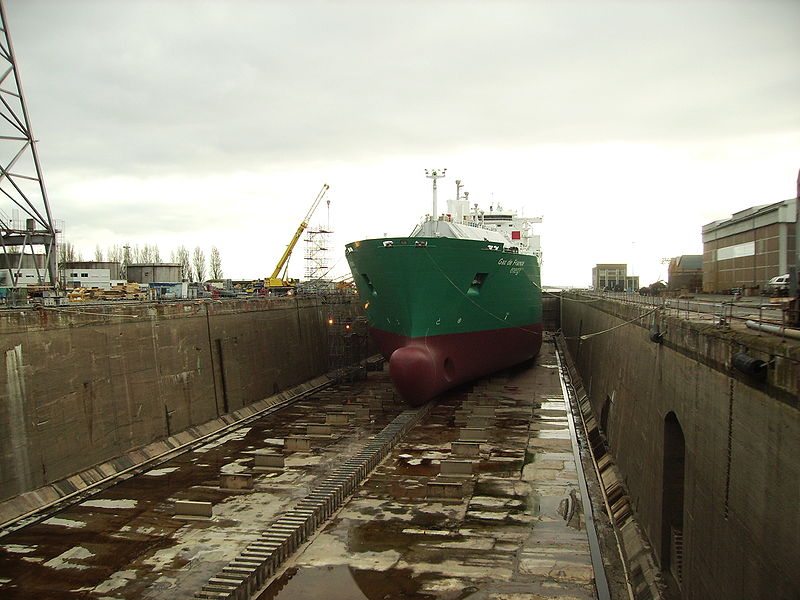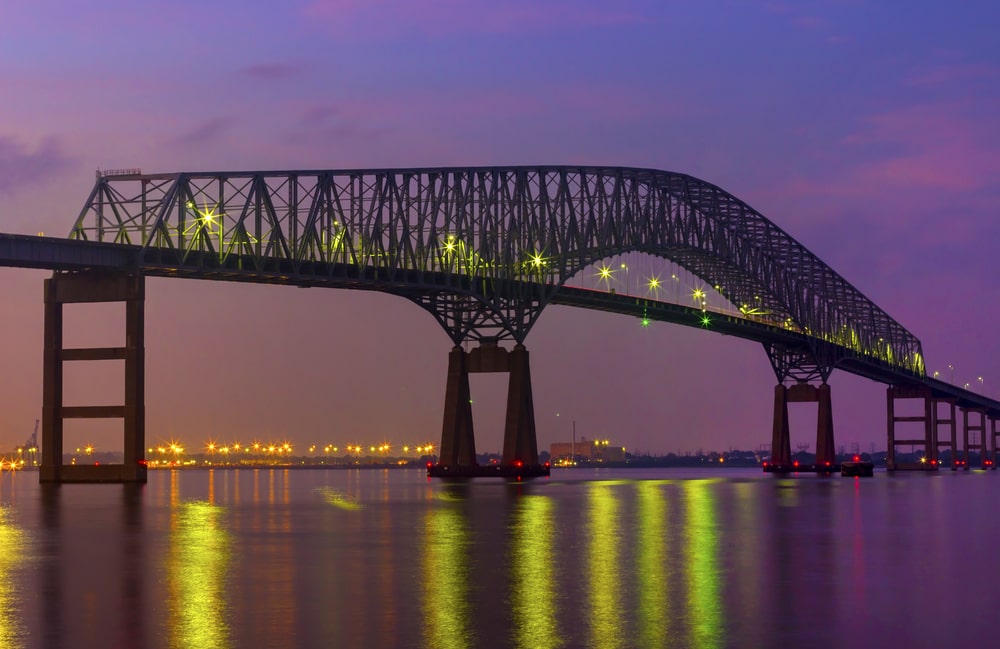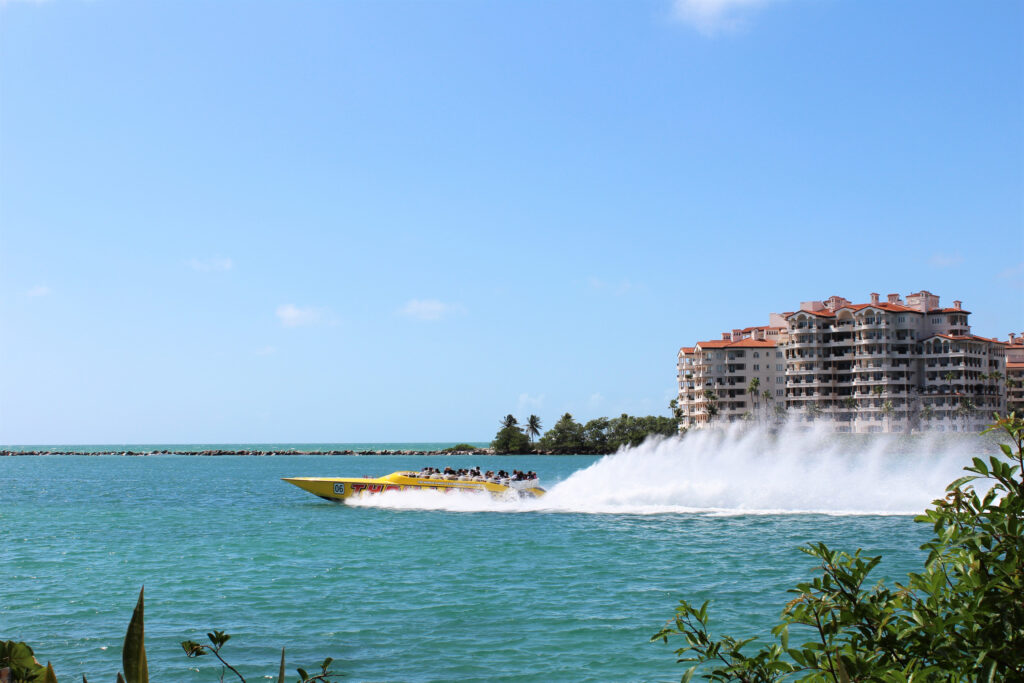
Dry docks are used for the construction, maintenance, or repair of a vessel and can often be a breeding grounds for serious accidents and injuries. Anyone working on a dry dock should exercise extreme caution at all times. Though there are specific laws in place that provide for the safety of dock workers and seafarers, many times, dock operators and vessel companies fail to abide by these laws, creating hazardous conditions that can lead to often life-threatening occupational injuries. There are other times when accidents result from a worker’s inexperience in the proper handling of equipment or even because of basic human error.
Below are three of the most common types of dry dock accidents and tips on how to avoid them:
- Fires: The number one cause of dry dock accidents is a fire. On a dry dock, fires can spread rapidly due to the number of flammable materials that are either being used in the constructor or repair of a ship, or materials that are contained at the dry dock itself, such as fuel, paint, gas, chemicals, and welding equipment. Short circuits can also spark a fire, as can oil spills. Flammable materials should always be kept far away from electrical equipment and outlets and should be properly contained and stored to avoid leaks and potential fires.
- Loading accidents: The equipment contained and used in a dry dock can often be quite heavy. Ship parts and materials are constantly being loaded and unloaded, which can lead to serious worker injuries when loads fall. When handling loads, there should always be more than one worker present, especially when operating a crane. Workers should also ensure they wear proper safety gear and helmets, and avoid walking beneath loads that are being lifted. Crane operation should always be limited to experienced and licensed persons.
- Slip and falls: Dry docks are often filled with a number of spare parts, tools, broken pipes, and a slew of other materials, which is why slip and fall accidents are very common. Workers often trip over materials laying on the floor or slip over spilled liquids. To avoid a fall, all materials should be properly stored and all spills should be cleaned up immediately, or at the very least, a warning sign should be placed where the scattered materials or spill are located to advise other workers of the hazardous conditions. Workers can also fall off of scaffoldings and platforms, which is why a harness should always be worn and all platforms should be secured and properly maintained.
Though there are times when freak accidents occur, the majority of dry dock accidents result from neglecting basic safety principals. It’s important for anyone who has suffered an injury at a dry dock to contact a maritime attorney for assistance in determining their rights under the Maritime Workers’ Compensation Act.
Published on June 16, 2015
Categories: Crewmember S.O.S., Maritime Accidents
Get Free
Consultation










